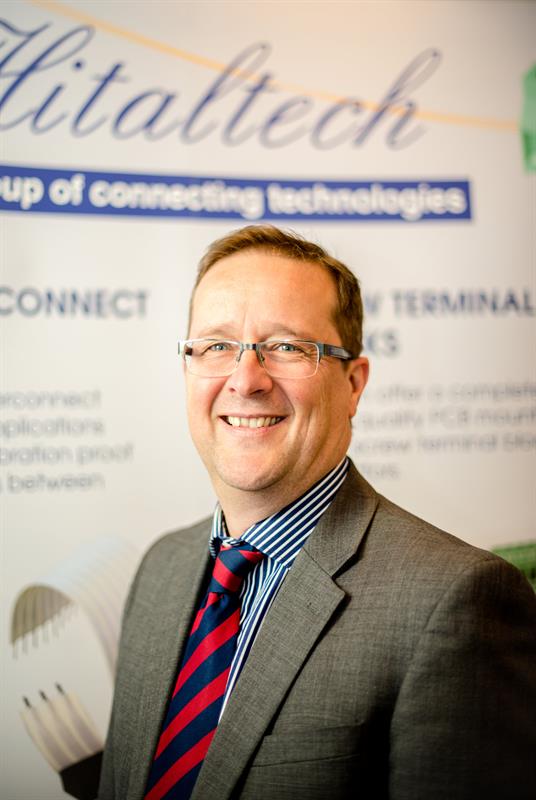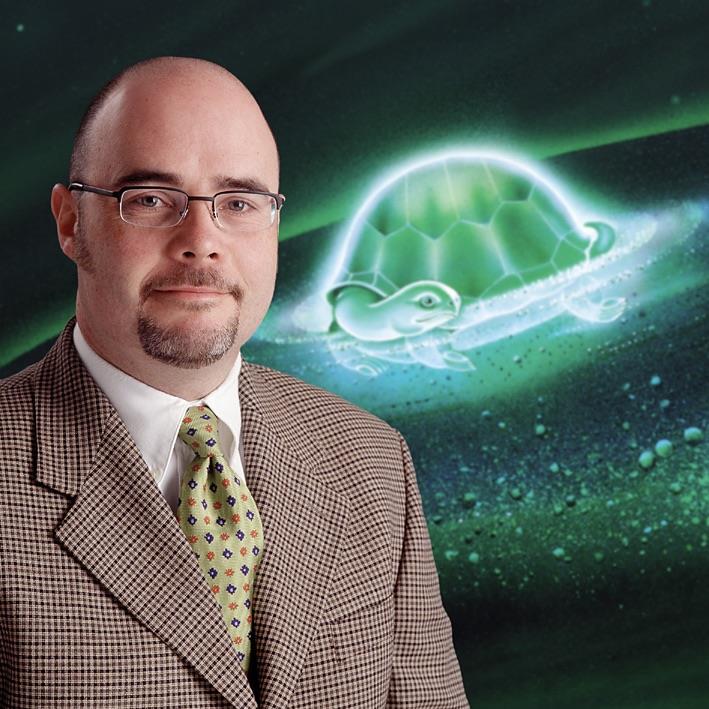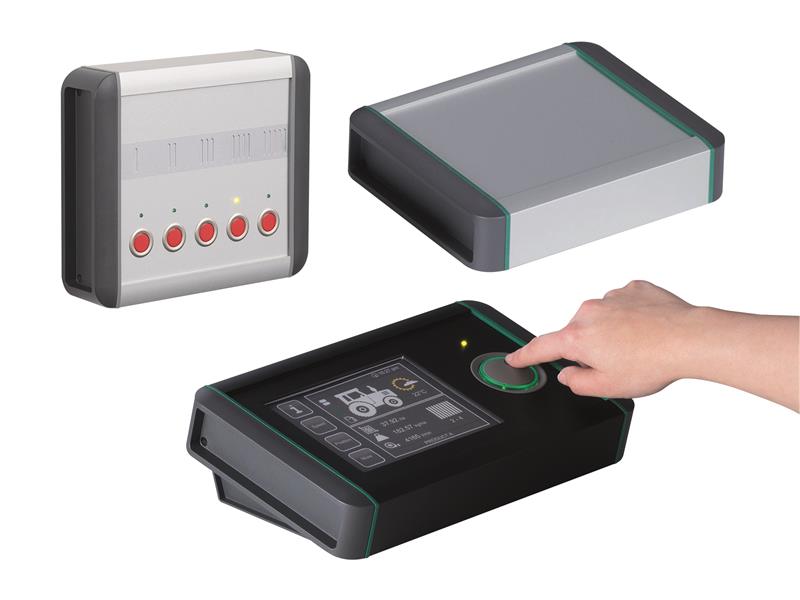Like the majority of enclosure suppliers, Hitaltech offers “standard” products that can be customised.
The problem is that it’s not easy to take an off-the-shelf enclosure and then come up with a bespoke design.
“Selecting the housing post-design often adds to the cost of a design,” explains Robert Cox, sales and marketing director at OKW Enclosures, “and often results in having to use an enclosure that is too big.”
To better address this, OKW provides a 3D model of the enclosure. “It shows them how everything will look, and what they need to do, or what we can do for them, to change the enclosure in order to allow all of their parts to fit in,” Cox says.
According to Fitzer, these last minute packaging choices can be put down to inexperience and lack of knowledge.

“The electronic design is perceived to be more important than how the product is packaged. It doesn’t happen all the time, of course, some companies are really switched on and understand that they need to look at all aspects of design at the same time. But it’s amazing how many times we’re asked: ‘do you have an enclosure that I can put these electronics into that I’ve already developed’, and it shouldn’t be like that.”
He suggests designers get housing companies involved far earlier in the design process so that, “guidance can be offered from a mechanical point-of-view. Electronic designers have limited experience and, by allowing them to engage earlier with us, can be made aware of the best standard options that are available.”
This raises the question as to why enclosure companies don’t offer more bespoke packaging and design to better address the needs of designers’. The simple answer is volume, according to Cox. Designing an enclosure around a specific layout would increase production costs and limit the benefits of big production runs.
| “It’s amazing how many times we’re asked: ‘do you have an enclosure that I can put these electronics into that I’ve already developed’, and it shouldn’t be like that.” - Andrew Fitzer |
As a result, enclosure companies design a broad array of different housing products that are suitable for a variety of different applications – and for consumer products, an aesthetic and pleasing design will be a necessity. “However,” Cox adds, “there will always be a trade-off between the aesthetics of the enclosure and the ability to house all the components inside.”
Design process
“Usually design engineers don’t think about housing until the last minute,” Cox says, “and that’s because electronic designers aren’t mechanical engineers. At the end of the day, enclosures are a mechanical part of the design process. And that’s why we have so many different versions and sizes.
“We don’t want to go to market with an enclosure that’s only suitable for office use with a temperature range between 20-30°C,” he continues, “we want it to have as many applications as possible.” As a result, the way in which enclosures are developed is tailored by application standards.
“We need to design enclosures that meet certain functionality requirements,” Fitzer says, “for example, IP ratings and material specifications, so that one enclosure can be used for multiple applications.”
Obviously certain applications need particular solutions that wouldn’t be suitable for other applications. “If it’s a strap-on enclosure then it’s not going to be suitable for rack mounting. If you’re designing a wearable medical device, it can’t be a great, big, clunky thing. It has to be something that feels and looks like a watch or a pendant, for example,” Cox explains. “But equally, we don’t want to limit the possibilities, so what we do is design enclosures that have applications it’s more suited for, but which could also be suitable for others too.”
This overall suitability means that enclosure companies need materials that are versatile. OKW utilises its connections with the automotive and consumer goods sectors. “These industries are always looking at the latest materials, either to reduce cost or improve function or quality, so you tend to pick up on new trends and materials which are being used in other markets,” Cox says.
Over the years, the materials used for enclosures have changed. With regards to plastic, which suffers in UV light, Cox explains that companies have had to devise ways and research new types of plastic which are UV resistant, and from a safety perspective, flame retardant. And it’s not just aspects like whether the materials meet certain standard criterion that need to be taken into consideration, but also the customisability of the material.

“The biggest mistake enclosure companies make is a ‘strong’ design – by that I mean the colours, the marking elements,” according to Cox. He explains that companies aren’t going to use enclosures with bold designs if their competitors are using it, because it limits their ability to differentiate.
“We also have to think about designing ageless packaging because trends and fashions come and go,” Cox adds. Currently, Cox says that OKW is using glossy materials to follow the look of modern equipment.
| “There’s always a limit of how bespoke we can make the enclosure because it needs to be suitable for a range of applications.” - Robert Cox |
Maker market influence
Both Fitzer and Cox agree that the enclosure market is led by the electronics and both agree that they look to the maker market for inspiration.
“You have to look at what kind of applications the industry is moving into,” Cox suggests. “But there’s always a limit of how specific we can get because of that multipurpose product demand.”
One way that enclosure companies like OKW and Hitaltech have overcome the challenge of adaptable products is by offering accessories. “An enclosure might not be suitable for wall mounting,” Cox says, “so we design a kit that enables it to become wall mounted. Accessories really help to open up the application potentials.”
He points to a finished and ready product as OKW’s most successful service. “The customer takes everything out of the box and has nothing else to do. Customers want simple solutions. So we deliver to them exactly what they need i.e. the enclosure is painted, branded, maybe it’s shielded, and ready for use.”
Rittal has taken a similar approach with its new VX25 large enclosure system, which can be assembled without tools. The enclosure is also designed with easy access to all four sides of the frame, offers greater installation depth, as well as baying seals and protective slides which enable easy mounting of the plate.
3D printing
With regards to the future, Fitzer believes 3D printing may be something that’s worth watching, suggesting it as a viable solution for complex structures and where weight is a concern, in industries that require less volume, such as aeronautics.
“It’s a long way off because it takes longer than traditional methods like injection moulding, but it does have its place,” he suggests.
“You’re always going to be able mould 1000s parts faster than you can 3D print them. It’s not the solution,” Cox contends, “but I’m not saying that won’t change in 10 years, but today, 3D printing enclosures is certainly not impacting us.”
The world of enclosures tends to be relatively slow-moving, and it’s certainly too soon to say whether 3D printing will become feasible any time soon. But there’s certainly a good chance that in 10 years’ time the processes and materials being used today will be replaced by something entirely different.
Whatever happens, it’s evident that designers need to start thinking about enclosure design much sooner if a more affordable and well-fitted design is to be achieved.

| The OKW SMART-TERMINAL combines aluminium extrusions with plastic and is suitable for peripheral and interface equipment, communications, safety engineering, biometrics and more |













